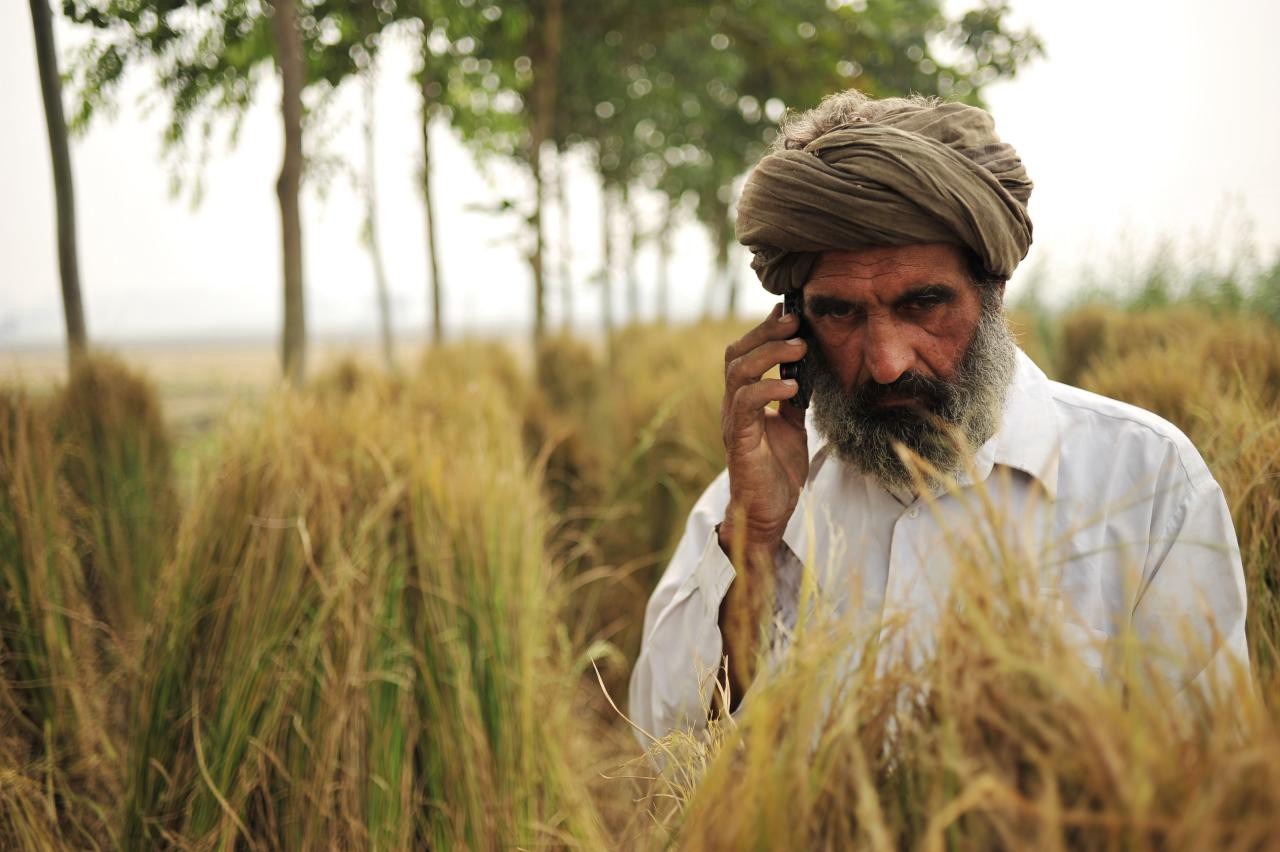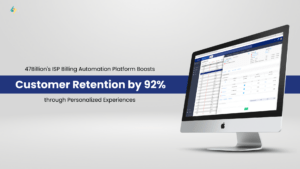Our car was traveling on dry, dusty roads deep in villages of the Indian state of Haryana. It was the peak of summer and it was hot inside despite the air-conditioner running on the full. We were going to meet a few farmers in village 11H, named after the branch of Gangnahar flowing through the village. I was heading a technology team of an Indian agriculture startup. Along with our field team, I was going to meet farmers in remote Indian villages and understand the ground realities and explore ways to bring about the benefits of digitization to the masses.
The car pulled into a winding gully and we entered a small village of about 60–70 houses. Nearby farmers were rounded up by him before we arrived. Old farmers were gathering slowly, some with their mobile feature phones wrapped in their white dhotis. There were a few young people in the room, mostly our field officers and their local friends who were carrying low-end Android phones. Our local field officer has arranged this meeting in a small hut of his relative. Everyone started occupying seats on red plastic chairs while the host served sweet tea to everyone. A sole table fan was creakingly rotating — stopping intermittently with fluctuating power supply. Though I could mostly make a voice call to our office, the data connection was patchy, and 2G connectivity available in some places.
Our field officer started talking to them in their local dialect. Though I was fluent in Hindi, I had to stretch my ears to understand local diction that seems to be a mix of Haryanvi with Hindi words sprinkled in. It seemed that quite a few of the farmers could read Hindi
Our strategy was to identify clusters, provide them with targeted information and help them with both input (production) and output (market) extension services augmented by technology. We started by engaging farmers with on-the-ground efforts from extension staff carrying mobile app, call center, website, and farmer mobile app. The profile data gathered from the engagement was used in other areas such as field operations, logistics, rentals, warehousing, and back-office operations.
As a technical guy sitting in a cozy office in a metro city, it was easy to dream up solutions that are extremely technology focus using state-of-the-art areas of analytics, machine learning, drones, and block-chain. This visit was an eye-opener. A big lesson I learned is that in the overall solution, technology acts only as a facilitator. We must factor in various ground realities related to people, culture, communities, traditions, politics, geography, religion, and infrastructure.
In this series of articles, I will talk about my impressions regarding challenges and potential solutions for the improvement of the Indian agriculture ecosystem from a point of view of a technologist. Though some of the challenges and potential technical solutions may be unique to India, most of them apply equally to farming practices in other developing economies. In part 2 of this series, I will describe my observations based on my experience of implementing and rolling out technical solutions for various extension services.




